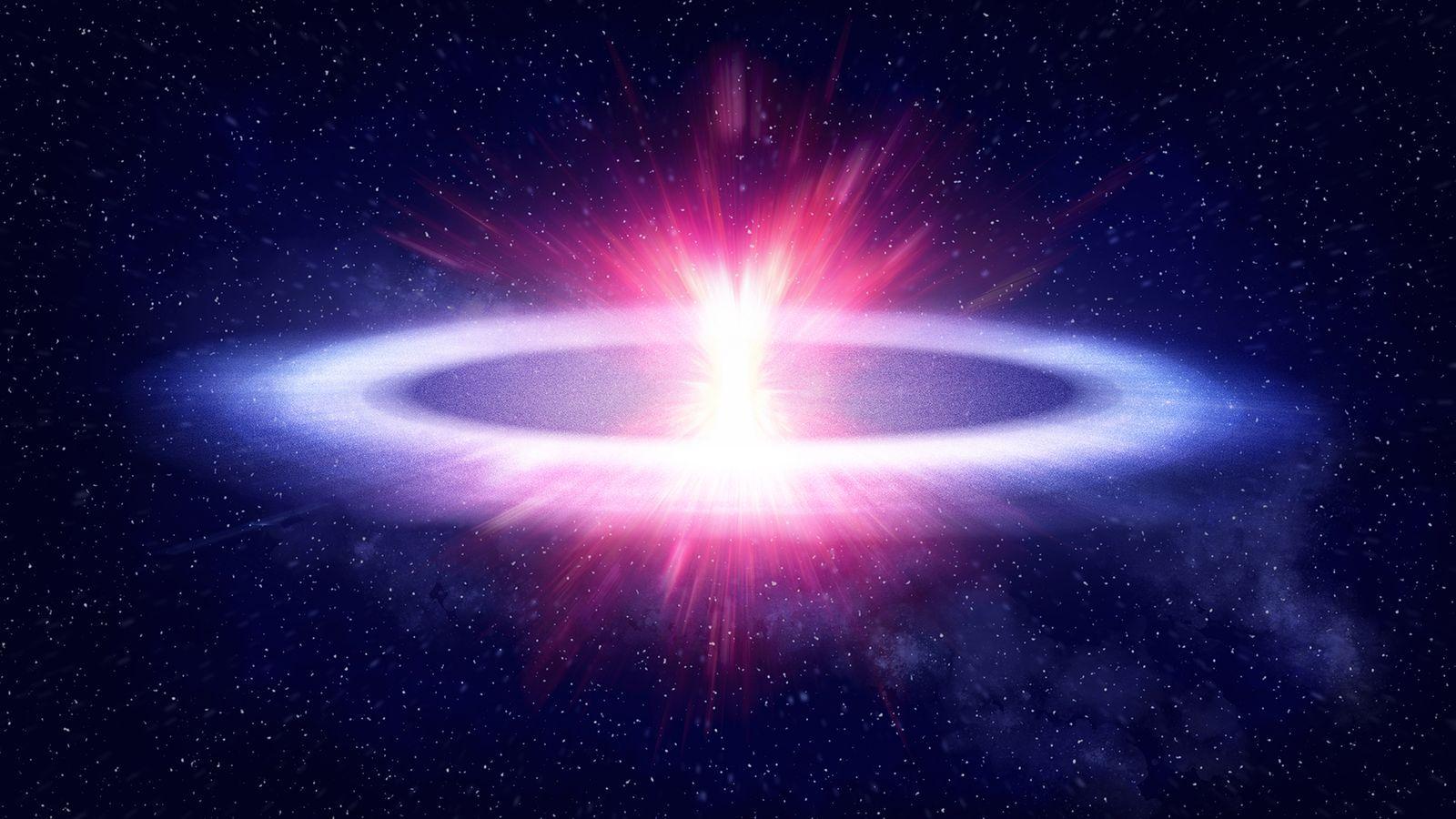What do the unsolved explosions in the universe mean?

Published: 11.05.2025 - 21:40

Astronomers have detected around 10 of these strange, rare explosions. Could they be signs of a special kind of black hole?
Scientists have never seen anything like it before. Something huge exploded in the depths of space. Telescopes on Earth spotted the surprisingly bright and unusual explosion in 2018, and it was seen from 200 million light years away.
The explosion brightened quickly and spectacularly, much brighter than a typical stellar explosion, a supernova, and then faded away.
The strange-looking explosion, named AT2018cow, was about the same size as our solar system. It soon became known by the more catchy name "The Cow."
Following this dazzling event, astronomers have detected several other similar bursts across the Universe. They're called luminous fast blue optical transients, or LFBots, and they all share the same characteristics.
"They are very bright," says Anna Ho, an astronomer at Cornell University in New York. Their blue color is due to the explosion's enormous temperature of around 40,000 degrees. It is called transient because it lasted for a short time.
Scientists initially thought LFBots were faulty supernovae — stars that tried to explode outward but imploded, creating a black hole at its core. The star then burns itself out from the inside out.
But another theory is starting to gain support. It says the glow is triggered by a type of as-yet-undiscovered medium-mass black hole, known as an intermediate-mass black hole, swallowing stars that get too close. A study published in November of last year found new evidence that points to this idea.
"The general feeling is going that way," says Daniel Perley, an astronomer at Liverpool John Moores University.
If this theory is correct, it could prove the existence of such black holes, the missing link between the smallest and largest black holes in the universe. It could also be a vital clue to one of the biggest mysteries: dark matter.
The explosion detected in 2018 was 100 times brighter than a normal stellar explosion. The explosion was captured in a galaxy 200 million light-years away from Earth.
Since then, experts have detected around 10 similar explosions.
Experts are increasingly using telescopes to look for such events, looking across large swaths of the sky.
A new LFBot was found in November. Initial observations of the explosion, which is thought to be named Wasp, suggest it is not a failed stellar explosion.
Another idea is that LFBots are actually giant stars called Wolf-Rayets, which are being torn apart by much smaller black holes that are 10 to 100 times the mass of the sun.
The one that is currently getting the most attention is the theory of medium-sized black holes. Experts are almost certain that there are medium-sized black holes in the Universe, but no definitive evidence has been found yet.
Perley says he finds this theory to be the most exciting one, but he says we need a lot more examples to definitively determine what specific LFBots are.
"They're very rare, unfortunately. Data on about 100 explosions would be a good next step," Perley says.
Until more data comes in, the mystery surrounding these strange explosions will continue. What is clear is that LBots were more surprising than anyone expected.
"I thought it would be a fun, one-time thing," Perley says. "But it turned out to be a completely different event. They just got more and more interesting."
Cumhuriyet





